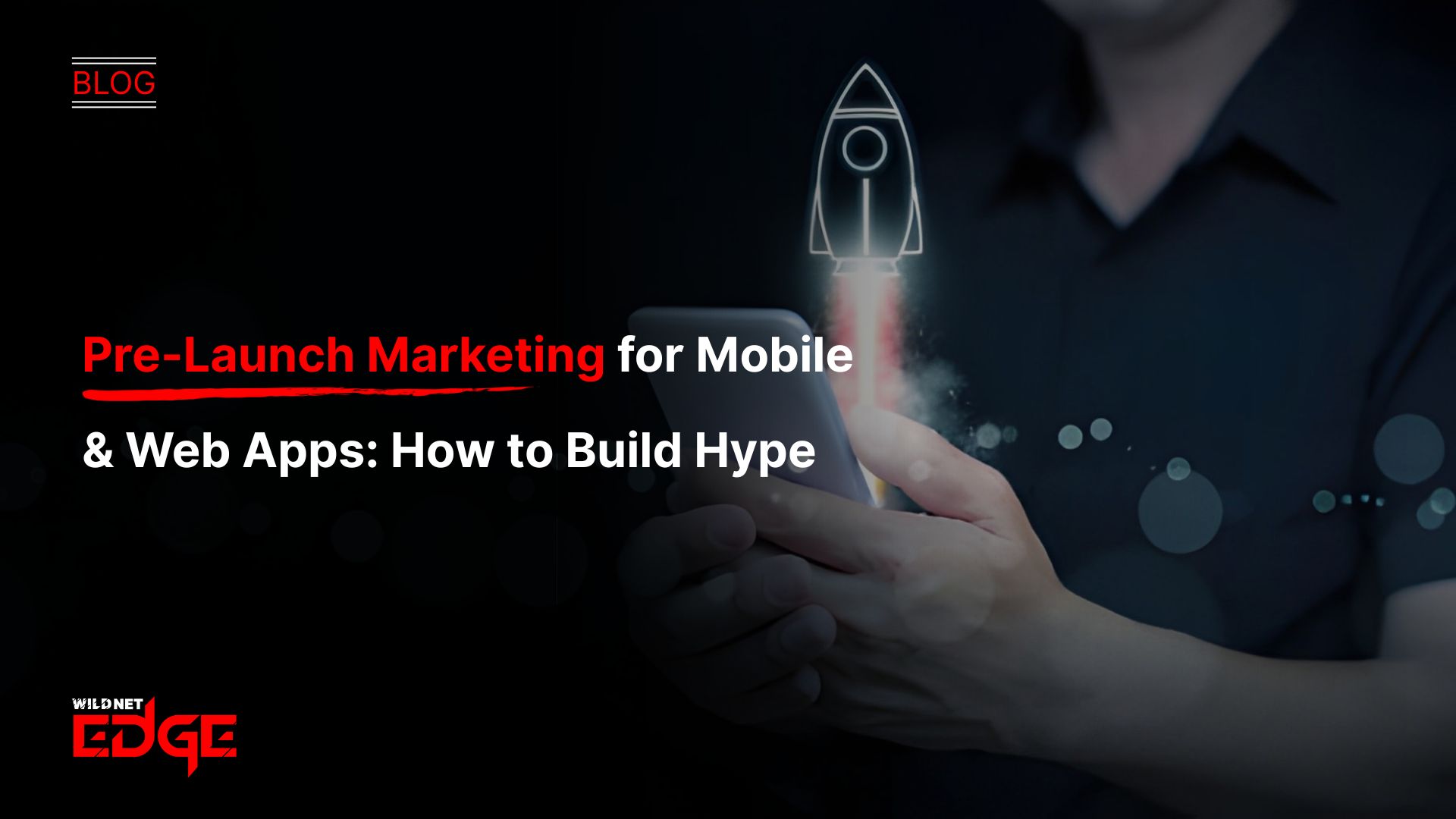Ever felt overwhelmed by customer inquiries flooding in from every channel? Managing support without AI chatbots can feel like a never-ending juggling act. What if you could automate and personalize customer interactions seamlessly across platforms? In this guide, we’ll break down how AI chatbots, fueled by advanced NLP models, revolutionize customer support — from initial setup to scaling omni-channel support with ease.
Understanding NLP Models in AI Chatbots
At the core of modern AI chatbots lies Natural Language Processing (NLP) models, sophisticated technologies designed to interpret and understand human language. NLP allows chatbots not just to match keywords but to grasp intent, context, sentiment, and nuance in customer messages.
What are NLP models?
NLP models are artificial intelligence frameworks that process, analyze, and generate human language. They enable chatbots to decode complex inputs like slang, typos, or ambiguous phrases, transforming raw text into structured data the bot can act upon.
In 2025, transformer-based architectures, such as GPT-4 and beyond, dominate the space — providing chatbots with near-human comprehension and language generation capabilities.
How NLP enables natural, human-like conversations
NLP equips chatbots to engage users with fluid, context-aware dialogues that mirror human interactions. This means customers can ask questions naturally and receive responses that feel personalized.
Key NLP techniques used include:
- Intent recognition: Identifies what user wants.
- Entity extraction: Pulls specific details (dates, product names).
- Sentiment analysis: Detects customer emotions.
- Context tracking: Maintains conversation flow over multiple messages.
Examples of popular NLP technologies used in chatbots
Leading AI chatbot platforms integrate NLP technologies like:
- OpenAI’s GPT series: For conversational AI, content generation, and complex query handling.
- Google’s BERT: Excels at understanding short queries and ambiguous language.
- Microsoft Azure Cognitive Services: Offers multilingual support and customizable language models.
- Rasa: Open-source NLP toolkit ideal for enterprise-grade chatbot customization.
Benefits of integrating NLP models in customer support automation
Implementing NLP-driven chatbots presents significant benefits:
- Reduced response times: Immediate and accurate answers around the clock.
- Consistent quality: Eliminates variation caused by human agents’ fatigue or error.
- Higher resolution rates: Automated understanding of complex queries.
- 24/7 availability: Supports customers globally in multiple languages.
- Personalized experiences: NLP extracts preferences and previous interactions enabling tailored support.
Together, these advantages translate into increased customer satisfaction, lowered support costs, and scalable operations.
Implementing Omni-Channel Support with AI Chatbots
The modern customer expects seamless communication no matter where they reach out — be it your website, mobile app, or social media. Omni-channel support powered by AI chatbots ensures customers receive consistent, connected help everywhere.
Defining omni-channel support in customer service
Omni-channel support means delivering a unified customer service experience across all interaction points. It’s distinct from multi-channel, which simply offers multiple platforms without integration.
In an omni-channel strategy, a conversation started on one channel seamlessly continues on another, with the chatbot having full context of past interactions. This eliminates customer frustration and improves satisfaction.
Integrating chatbots across channels: web, mobile, social media, messaging apps
Deploying AI chatbots across multiple channels includes:
- Website chat widgets: Instant answers and engagement on landing pages.
- Mobile app integration: Embedded chatbots for user convenience.
- Social media platforms: Automated responses on Facebook Messenger, Instagram, or Twitter DMs.
- Messaging apps: WhatsApp, Telegram, and SMS bots for direct communication.
Modern chatbot platforms support APIs and webhooks facilitating smooth integration with these diverse channels, ensuring a consistent voice and function.
Ensuring consistent communication and data synchronization
A critical implementation aspect is maintaining a centralized customer profile and conversation history shared across channels. This requires synchronizing chatbot data with CRM systems and backend databases in real time.
Benefits include:
- Personalized responses based on user history.
- Avoidance of repeated questions or re-explanations.
- Coordinated escalation to human agents with full context.
Monitoring customer journeys across channels
Effective omni-channel support requires tracking how customers navigate and interact with your chatbot(s). Analytics dashboards offer insights on:
- Channel-specific engagement and drop-off rates.
- Common queries and issues by platform.
- Timing and frequency of interactions.
- Conversion rates influenced by chatbot interventions.
These insights drive continuous improvements in chatbot design and channel strategy, enhancing overall customer experience.
Step-by-Step Guide to Setting Up AI Chatbots for Customer Support
Setting up an AI chatbot for customer support involves a systematic approach focused on aligning technology with your customers’ needs and business goals.
Identifying customer support goals and pain points
Begin by analyzing:
- Common customer queries and issues.
- Response time bottlenecks.
- Channels generating the highest volume.
- Feedback on current support frustrations.
Clear goal-setting—such as reducing average response times by 50% or deflecting 30% of calls to automation—guides your chatbot design.
Choosing the right AI chatbot platform with NLP capabilities
Select a platform offering:
- Robust, up-to-date NLP models.
- Easy integration with existing systems and omnichannel environments.
- Customizability for industry-specific language.
- Analytics and reporting tools.
- Scalability for future growth.
Examples include WildnetEdge Cloud AI, Dialogflow CX, and Microsoft Bot Framework.
Designing conversational flows and intents
Map out:
- User intents (e.g., billing inquiry, tech support).
- Dialog trees accommodating diverse user paths.
- Quick replies and fallback responses.
- Personalization tactics like addressing users by name.
Use conversation design principles to keep interactions short, clear, and engaging.
Training the chatbot with domain-specific data
Upload existing support tickets, FAQs, and product documentation to train your NLP models. This fine-tunes the chatbot’s understanding of your unique terminology and customer concerns.
Continual retraining on fresh support data is essential for ongoing accuracy.
Testing and refining the chatbot experience
Conduct phased testing:
- Internal alpha testing to root out bugs.
- Beta testing with real users in controlled environments.
- Analyze chatbot performance metrics: intent recognition accuracy, resolution rates, user satisfaction.
Refine dialogue flows, handle edge cases, and polish responses based on data-driven insights.
Launching on omni-channel platforms
Roll out your chatbot on selected channels prioritizing customer preferences and volume.
Ensure:
- Real-time synchronization between channels.
- Agent escalation options are functional.
- Monitoring tools are capturing all engagement metrics.
Communicate launch to customers emphasizing new support improvements.
Scaling AI Chatbots for Growing Chatbots
Once deployed, your AI chatbot must scale efficiently alongside business growth and evolving customer needs.
Leveraging analytics to optimize chatbot performance
Track KPIs such as first response time, chatbot containment rate, and escalation frequency. Use dashboards that highlight trends and alert for anomalies.
Adjustment tactics:
- Refine training data sets.
- Enhance conversational flows.
- Identify new intents emerging from customer behavior.
Regular audits ensure the chatbot stays relevant and effective.
Expanding language capabilities with advanced NLP models
To serve global customers, incorporate multilanguage support via modern NLP models capable of real-time translation and local dialect understanding.
Platforms like WildnetEdge automate language detection and switch conversational modes accordingly.
Automating escalation and handoffs to human agents
Sophisticated chatbot workflows smartly escalate complex queries to human agents only when necessary.
Strategies include:
- Setting intent confidence thresholds.
- Providing agents with full chat history at handoff.
- Implementing hybrid bot-human chat interfaces.
This balance enhances efficiency without sacrificing customer experience.
Using AI chatbots for proactive customer engagement
Beyond reactive support, leverage chatbots for:
- Sending personalized notifications.
- Guiding with product recommendations.
- Conducting satisfaction surveys.
- Reminding about renewals or appointments.
Proactive chatbots increase retention and uncover upsell opportunities.
Future trends: conversational AI, integration with CRM and support tools
The next evolution involves deeper AI integrations such as:
- Voice-enabled chatbots for hands-free support.
- AI-driven sentiment analysis triggering live interventions.
- Seamless integrations with CRM, ticketing, and knowledge base systems.
- Adaptive learning chatbots that evolve via continuous AI feedback loops.
Staying current with these trends ensures your chatbot remains a strategic asset.
Conclusion
AI chatbots powered by cutting-edge NLP models are no longer just perks—they’re must-have tools for delivering flawless omni-channel customer support. From setup to scaling, the right strategy ensures your business stays responsive and competitive in an increasingly digital-first world.
WildnetEdge stands out as a trusted partner offering robust AI chatbot solutions designed to grow alongside your customer needs. Their advanced NLP capabilities and omni-channel expertise enable seamless automation with human-like conversations. Ready to elevate your support with intelligent automation? Connect with WildnetEdge today.
FAQs
Q1: How do NLP models improve AI chatbot customer support?
NLP models help chatbots understand and interpret human language, enabling natural, context-aware conversations that resolve customer queries faster.
Q2: What is omni-channel support in AI chatbots?
Omni-channel support means delivering a consistent chatbot experience across all customer interaction points like websites, apps, and social media platforms.
Q3: What are the key steps to set up AI chatbots for customer support?
The key steps include defining goals, selecting an AI platform, designing conversations, training the bot, testing, and multi-channel deployment.
Q4: How can businesses scale AI chatbot operations effectively?
Scaling involves leveraging analytics, expanding NLP capabilities, automating handoffs, and integrating chatbots with other business tools for seamless service.
Q5: Why choose WildnetEdge for AI chatbot solutions?
WildnetEdge offers expert-driven AI chatbot implementations with advanced NLP and omni-channel support, ensuring scalable and responsive customer service solutions.

Nitin Agarwal is a veteran in custom software development. He is fascinated by how software can turn ideas into real-world solutions. With extensive experience designing scalable and efficient systems, he focuses on creating software that delivers tangible results. Nitin enjoys exploring emerging technologies, taking on challenging projects, and mentoring teams to bring ideas to life. He believes that good software is not just about code; it’s about understanding problems and creating value for users. For him, great software combines thoughtful design, clever engineering, and a clear understanding of the problems it’s meant to solve.
 sales@wildnetedge.com
sales@wildnetedge.com +1 (212) 901 8616
+1 (212) 901 8616 +1 (437) 225-7733
+1 (437) 225-7733































